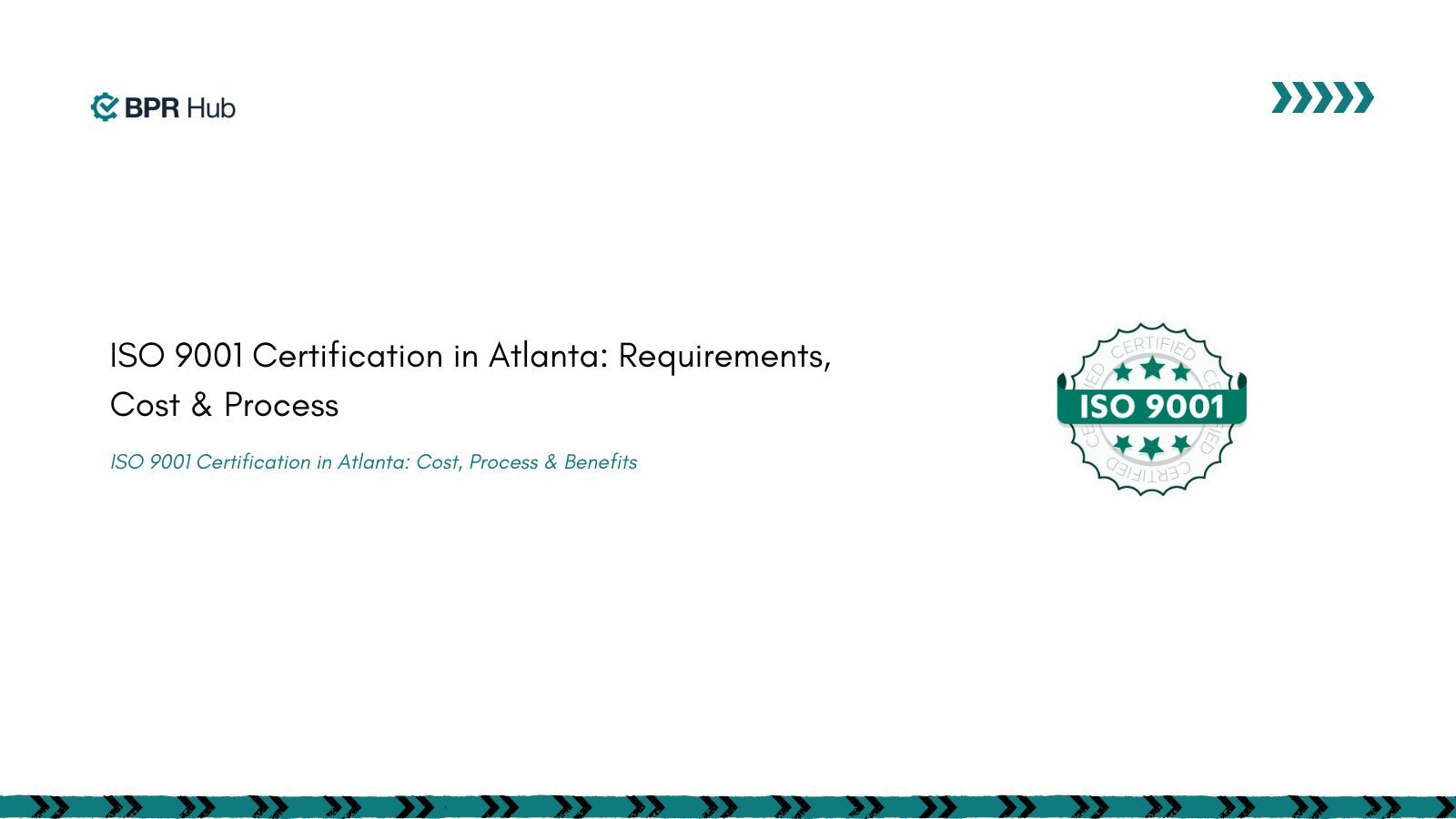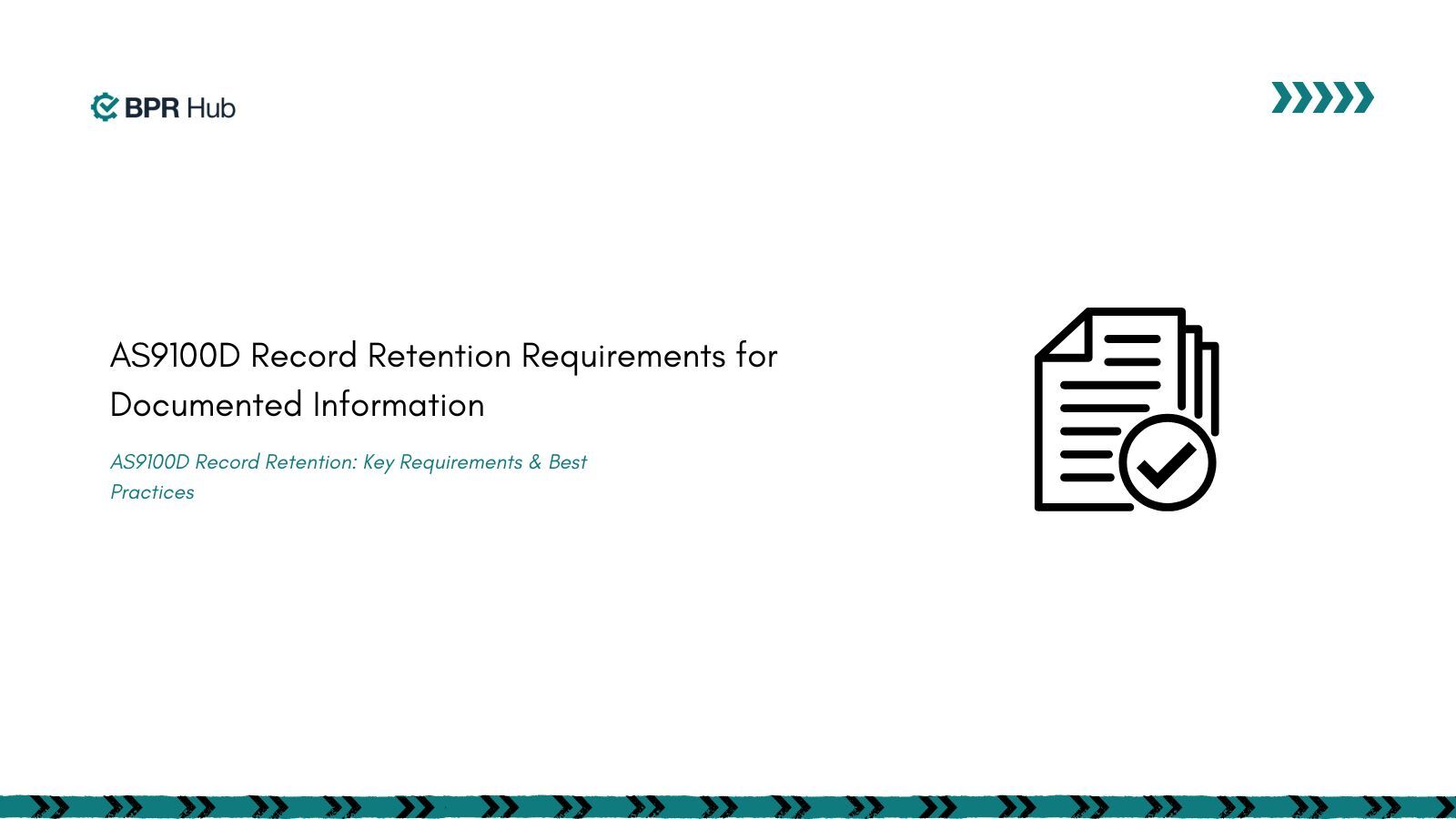Keeping up with compliance can often feel like a never-ending task—just when you think you’re on top of things, new regulations appear, demanding more time, energy, and resources. For businesses, it’s high stakes: one misstep could lead to penalties, reputational damage, or operational slowdowns. But what if there was a simpler way?
With the right technology, managing compliance doesn’t have to be so overwhelming. Automation tools are changing the game, making it easy to handle policies, audits, and reviews. In this blog, we’ll explore the importance of compliance automation, its key benefits, how to start automating your compliance processes, and the top tools available to make it all happen.
What Is Compliance Automation?
Compliance automation refers to the use of technology, particularly software and automated systems, to ensure that a business or organization adheres to regulatory requirements, internal policies, and industry standards.
It streamlines the process of monitoring, managing, and reporting compliance activities by automating tasks such as data collection, documentation, audits, risk management, and reporting.
As manual processing compliances are prone to errors and often take up much of the business resources, incorporating technology that provides real-time tracking, alerts for non-compliance, and integration with various regulatory frameworks can help staff focus on business operations that require their attention.
Compliance automation is especially beneficial in industries like healthcare, finance, and manufacturing, where there is no space for errors and involves complex legal requirements.
Compliance automation software like BPRHub streamlines tasks such as evidence collection, policy implementation, internal gap analysis, and risk mitigation. It aligns internal controls and policies with the requirements of industry standards such as ISO, FDA, and GMP.
What Is the Need for Compliance Automation?
With the changing regulatory landscape, where strict regulatory requirements and laws are paramount, maintaining compliance is critical. It can be the key factor between running smooth, efficient operations and facing the risks of penalties. However, keeping your organization updated with changes and restructuring your entire business operation might not be easy.
This is where automating the compliance process is beneficial. Automating tasks such as audits, reporting, and policy updates reduces the likelihood of human error and ensures the real-time monitoring of compliance activities. The advantages do not end there, let’s look at a few key benefits of compliance automation in the next section.
Benefits of Compliance Automation
- MInimizing errors: Manual compliance processes are prone to mistakes, which can lead to costly fines or regulatory breaches. Automating these tasks ensures accuracy and consistency.
- Efficiency and time-saving: Automation speeds up time-consuming tasks such as data collection, auditing, and reporting, freeing up resources to focus on strategic activities rather than administrative burdens.
- Real-Time Monitoring: Compliance automation tools offer real-time insights into regulatory adherence, allowing organizations to detect and address potential issues before they escalate quickly.
- Cost Reduction: Automated systems lower overall compliance costs by minimizing manual labor, reducing errors, and preventing non-compliance penalties.
- Scalability: A CoalFire study found that 62% of companies reported reduced overall compliance costs by automating evidence collection. As organizations grow or face more complex regulations, manual systems can become overwhelmed. Automation allows businesses to scale their compliance efforts without proportional increases in cost or workforce.
- Adapting to evolving regulations: Regulations frequently change, and compliance automation tools can help organizations stay up-to-date by automatically adjusting to new rules, reducing the risk of falling behind.
- Enhanced data security and integrity: Unlike traditional processes, automation provides better protection for sensitive data by maintaining audit trails, applying security controls, and ensuring compliance with privacy laws like GDPR or HIPAA.
- Comprehensive reporting and auditing: It is easier to generate detailed reports and conduct thorough audits, which regulatory bodies often require. Thus, an organization can demonstrate compliance at any given time.
- Improved risk management: Automated compliance solutions help identify potential gaps or risks within processes, allowing for proactive risk mitigation and stronger overall governance.
What Are the Steps to Start With the Compliance Automation Process?
To ensure a smooth transition, it's important to follow a structured approach, starting with identifying regulatory requirements and continuing with continuous monitoring. Here are the key steps to get started.
1. Identify Compliance Requirements
Different industries face varying levels of regulatory issues, from financial services that need to adhere to data privacy laws like GDPR or HIPAA to manufacturing industries that need to adhere to health and safety standards. Begin by understanding the regulatory requirements and industry standards that apply to your business. This includes local, national, and international regulations relevant to the industry you are operating.
2. Assess Current Compliance Practices
Evaluate your current manual processes to identify inefficiencies, areas prone to error, and gaps that could be improved through automation. Prioritize tasks and processes that will benefit most from automation, particularly repetitive, time-consuming activities such as data collection, reporting, monitoring, and notifications.
3. Select the Right Compliance Automation Tool
When selecting a compliance automation tool, it's important to prioritize features like real-time monitoring, automated alerts, reporting capabilities, and seamless integration with your existing systems. Be sure to research various software solutions, request demos, and involve stakeholders from IT, legal, and compliance teams to ensure the chosen tool aligns with your infrastructure and compliance goals.
BPRHub offers a smart alternative to manual compliance. It automates documentation and audit tasks and provides efficient reminders and real-time updates.
4. Map Out a Plan for Integration and Implementation
Develop a clear roadmap that outlines the steps for implementing compliance automation. Once you have opted for the software, integrate all your existing systems with compliance automation software. Collaborate closely with IT teams, compliance officers, and key stakeholders to ensure a smooth rollout.
As you map out a plan, designate specific roles for each team member involved to streamline the implementation process. Establish timelines and milestones for each integration phase to ensure accountability and smooth progress. Regularly review these stages with stakeholders to address any challenges proactively and maintain alignment with compliance goals.
Set up automation rules, triggers, actions, and notifications in line with predefined criteria and compliance requirements.
5. Policy Training
Employees must be fully aware of the compliance policies and training on how to use the new automated systems. This involves both general training on regulatory obligations and hands-on training for using the compliance automation software. Ensure that both technical and non-technical stakeholders understand their role in maintaining compliance and know how to respond to alerts or flagged issues from the system.
6. Internal Audit
Before fully rolling out the automated system, it’s important to conduct an internal audit to ensure everything is functioning as expected. This involves testing the system’s capabilities, such as if it correctly maps policies to regulations, issues alerts for potential non-compliance, and generates accurate reports. Internal audits should also include a review of how well the system integrates with your current workflows.
7. Continuous Improvement and Monitoring
The main aim of adopting compliance automation software is to achieve a certification or smoothly comply with standards. Once a domestically or internationally recognized certification is achieved, you can't stop there; compliance goes beyond the certification stage. Ongoing monitoring and improvement are crucial to maintaining regulatory adherence.
After certification, a proactive approach is essential to adapt to any regulatory updates or internal changes. Regular system reviews and performance assessments can ensure that compliance processes remain aligned with current standards, fostering a culture of continuous improvement across all levels of the organization.
Hence, compliance automation software provides real-time monitoring and reporting systems that will track compliance metrics, performance indicators, and the outcomes of automation. Monitoring automated workflows to detect any issues, deviations, or potential risks early on.
Top Three Compliance Automation Tools For Manufacturers
Compliance automation can simplify regulatory adherence, save time, and reduce costs for your organization. Here are five of the best tools to help automate your compliance processes, enhance efficiency, and minimize risk.
1. BPRHub

One of the most efficient cloud-based compliance automation tools designed by compliance and software development experts to simplify complex compliance frameworks such as ISO, FDA, CE marking, and GMP. It provides a centralized platform that helps manufacturers meet regulatory standards by automating compliance processes, streamlining workflows, and enabling data-driven decision-making.
From non-compliance alerts to document updates, BPRHub automates most of your day-to-day compliance tasks. Click here for a free consultation.
Key features
- Automated Updates: With real-time updates and notifications, stakeholders are instantly informed of any document changes, ensuring continuous compliance with the latest regulations without manual tracking.
- Centralized Management: Automates the centralized handling of multiple standards, along with documentation and audit management, ensuring streamlined and efficient compliance processes.
- Dynamic Mapping: Automatically organizes documents with an advanced tagging system, making it easy to locate specific files, ensuring compliance, and effectively managing inventory without manual intervention.
- Real-Time Compliance Checks: Conduct live compliance checks to ensure that everything remains up-to-date and aligned with current standards.
- Automated Production Management: Enhances manufacturing efficiency by automating workflows, improving output, and streamlining processes without manual oversight.
- Customizable Audit Checklists: This feature allows for the automatic generation and customization of audit checklists tailored to specific business needs, automating audit preparations and compliance tracking.
- Process-Ready Documents: Provides pre-designed, automated document templates, including procedures and guidelines, to simplify ISO certification without manual creation.
- Scalability and Flexibility: As the organization grows, you can seamlessly integrate and manage multiple standards in a single platform.
Pros
- Seamless Integration: Easily integrates with Asset Hub, Risk Hub, Master Product, and Production Hub, simplifying evidence collection and ensuring compliance data is readily accessible.
- User-friendly interface: It centralizes the management of diverse standards into a single platform, making the standard's real-time status easily accessible.
- Effective communication: Automated updates ensure continuous communication, which is essential for maintaining strict compliance standards, thus keeping everyone in the loop.
Cons
- Employees may need additional training to leverage the platform’s features fully.
2. Drata

Drata is one of the most widely recognized compliance automation tools, especially popular among startups and enterprises working towards SOC 2, ISO 27001, and GDPR compliance. It provides seamless integrations with a variety of SaaS vendors, consolidating all your compliance status information into a single, unified platform.
Key features
- Continuous Monitoring and Evidence Collection: It offers automated, continuous monitoring of your systems and controls. It collects compliance evidence in real-time, ensuring that all critical data is available and up to date.
- Real-Time Compliance Status: The dashboard displays real-time compliance status, offering instant visibility into the organization’s current compliance health. This allows for quick identification of potential issues and immediate remediation.
- Audit-Ready Documentation: The platform simplifies audit preparation by generating audit-ready reports and documentation. This reduces the time and effort required for audits and ensures you are always prepared.
Pros
- User-Friendly Dashboard: Drata's intuitive interface makes it easy to track compliance metrics and understand your organization's overall compliance health in real time.
- Automation of Repetitive Tasks: The platform automates labor-intensive tasks like evidence collection, reducing the time and effort required for audits.
- Seamless Integrations: It integrates with a wide range of apps and services, including AWS, GitHub, and Okta, making it easier to manage compliance across different platforms.
Cons
- Limited Focus on Large-Scale Enterprises: The platform may offer limited customization to larger enterprises with more complex needs.
- Costly for Small Teams: Drata's pricing structure can be high for small startups, particularly those still in the early stages of their compliance journey.
3. Vanta

Vanta is a robust compliance automation tool that streamlines and simplifies an organization’s security and compliance processes. It helps monitor and maintain adherence to industry standards, mitigating risks associated with third-party vendors and ensuring the entire supply chain remains compliant with regulatory requirements.
Key features
- Vanta AI: Vanta uses advanced AI-driven technology to automate key compliance aspects. It identifies security gaps, provides proactive remediation guidance, and ensures that your system stays continuously aligned with compliance standards.
- Wide Integration: Vanta integrates with a vast range of cloud services, developer tools, and IT infrastructure. This broad integration allows businesses to sync security controls across their entire tech stack, offering a centralized view of compliance status and real-time monitoring of security vulnerabilities.
- Automated Evidence Collection: Vanta automates the collection of audit evidence by pulling data from your systems and applications. This significantly reduces manual work and ensures that all necessary compliance documentation is up-to-date and easily accessible during audits.
Pros
- Simplifies complex compliance: Simplify the compliance process by providing automated solutions for monitoring, evidence collection, and reporting.
- Security alerts: The tool generates real-time security alerts and notifications, enabling quick remediation and minimizing the risk of non-compliance.
- AI: Vanta’s AI-driven insights help you understand and address security gaps quickly, improving your overall compliance readiness.
Cons
- Learning curve: The platform may be overwhelming for smaller businesses with fewer resources or less experience in managing automated compliance tools.
- Pricing issue: Vanta’s pricing structure can be high for startups or small organizations that are budget-conscious, particularly when scaling compliance efforts.
BPRHub: The Way to Automate Your Compliance Process
BPRHub automates complex compliance tasks to ensure smoother operations by providing three significant features: Standard Hub, Document Hub, and Audit Hub.
Major aspects that automate your compliance process:
- Standards Hub: Consolidates international and domestic standards into one platform, simplifying management, automating monitoring, and ensuring seamless regulatory compliance.
- Document Hub: Manages key compliance documents, including SOPs and audit reports, with version control and real-time updates, keeping teams aligned with the latest regulations.
- Audit Hub: Streamlines audits with scheduling, tracking, and real-time compliance checks, giving manufacturers instant access to compliance status and ensuring ongoing regulatory adherence.
The compliance process is becoming increasingly complex. Manually handling it can result in buried paperwork and more errors. The only way out is to leverage technology, and opting for a compliance automation tool like BPR Hub can significantly reduce your administrative burden.
FAQ’s
1. What is an automatic compliance software?
Ans: Compliance automation refers to the use of technology, such as specialized software, to streamline regulatory adherence by automating tasks like audits, reporting, and policy updates. It reduces errors, ensures real-time monitoring, and simplifies compliance management for industries with complex regulatory requirements, like healthcare or finance.
2. What are the steps involved in the automation process?
Ans: The automation process involves identifying compliance requirements, assessing current practices, selecting the right tools, mapping an implementation plan, training employees, conducting internal audits, and continuously monitoring and improving systems to adapt to evolving regulations and ensure compliance.
3. How does BPRHub simplify compliance for businesses?
Ans: BPRHub offers a centralized, cloud-based platform designed to manage complex compliance frameworks such as ISO, FDA, and GMP. It automates key processes like document management, internal audits, and real-time compliance checks. Its dynamic mapping system organizes documents efficiently while customizable audit checklists streamline preparations.
4. What is compliance automation, and why is it important?
Ans: Compliance automation uses technology to ensure adherence to regulations and policies by automating tasks like audits and reporting. It reduces errors, mitigates risks, and saves time, helping businesses stay compliant with evolving regulations and avoid penalties.
5. What makes BPRHub stand out in compliance management for manufacturers?
Ans: BPRHub simplifies compliance by automating tasks like evidence collection, policy implementation, and internal gap analysis. It aligns with industry standards like ISO and GMP, helping manufacturers ensure regulatory adherence while reducing manual errors and operational inefficiencies.
Get insights that help you minimize risks and maximize profits.
Dive deeper into manufacturing compliance with our free resources.
We get it, compliance can get tough.
Here are some additional resources to help.
We get it, compliance can get tough. Here are some additional resources to help.
Get updates in your inbox

.svg)
%20(1).svg)



%20in%20AS9100D%20Program.jpg)
%20(1).svg)

.avif)

